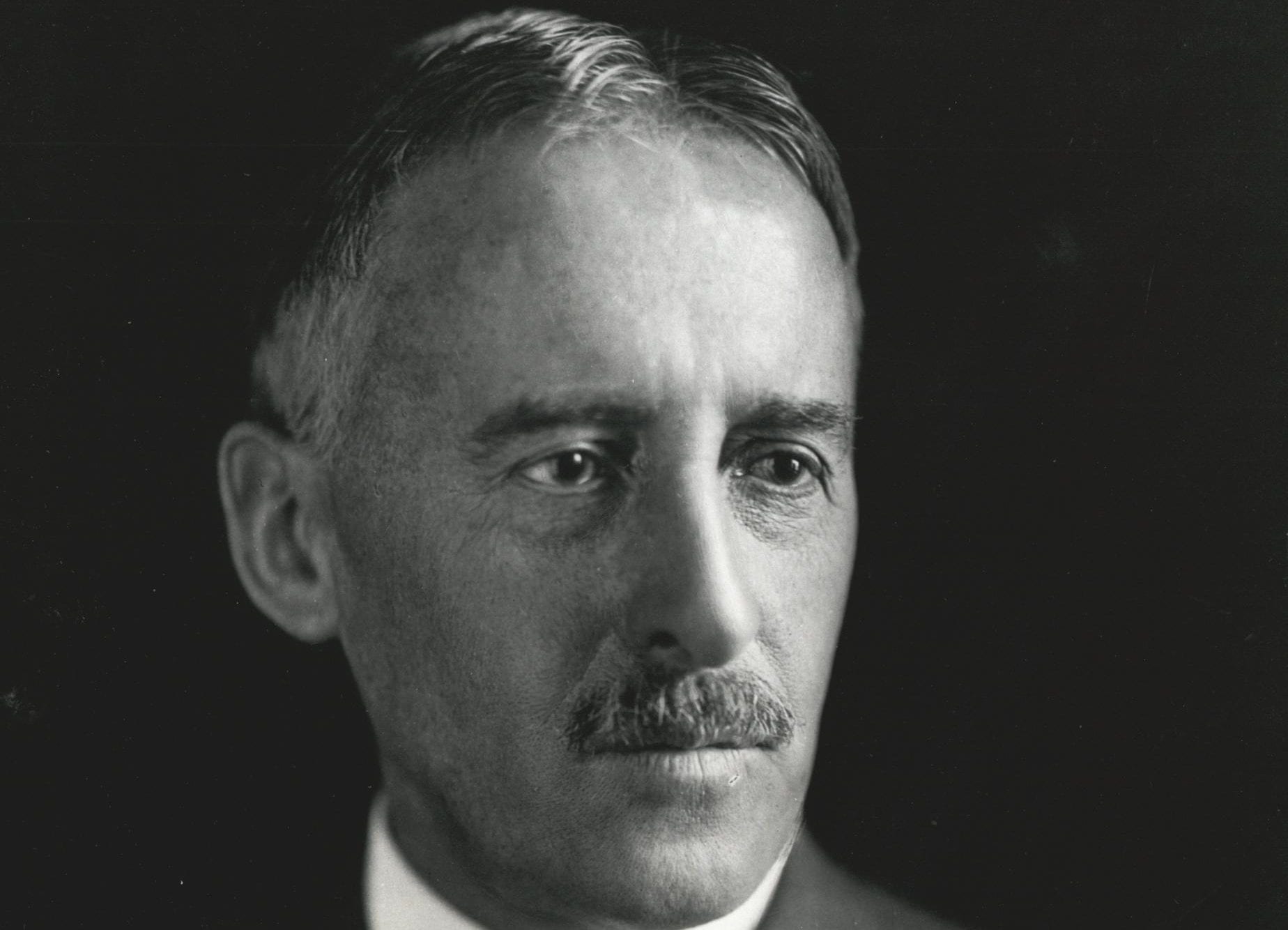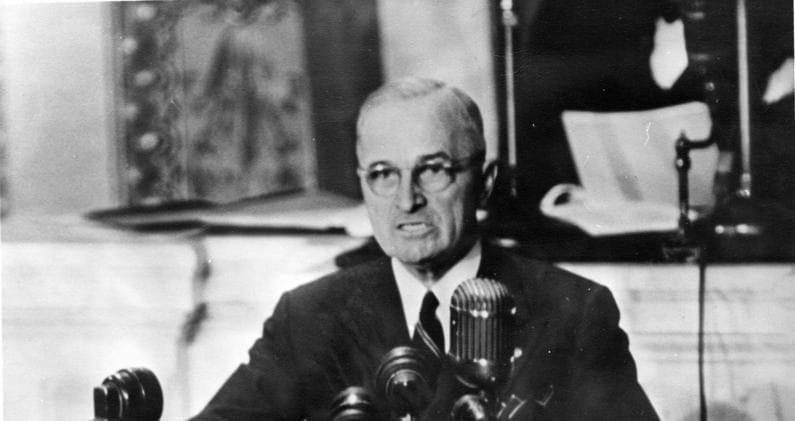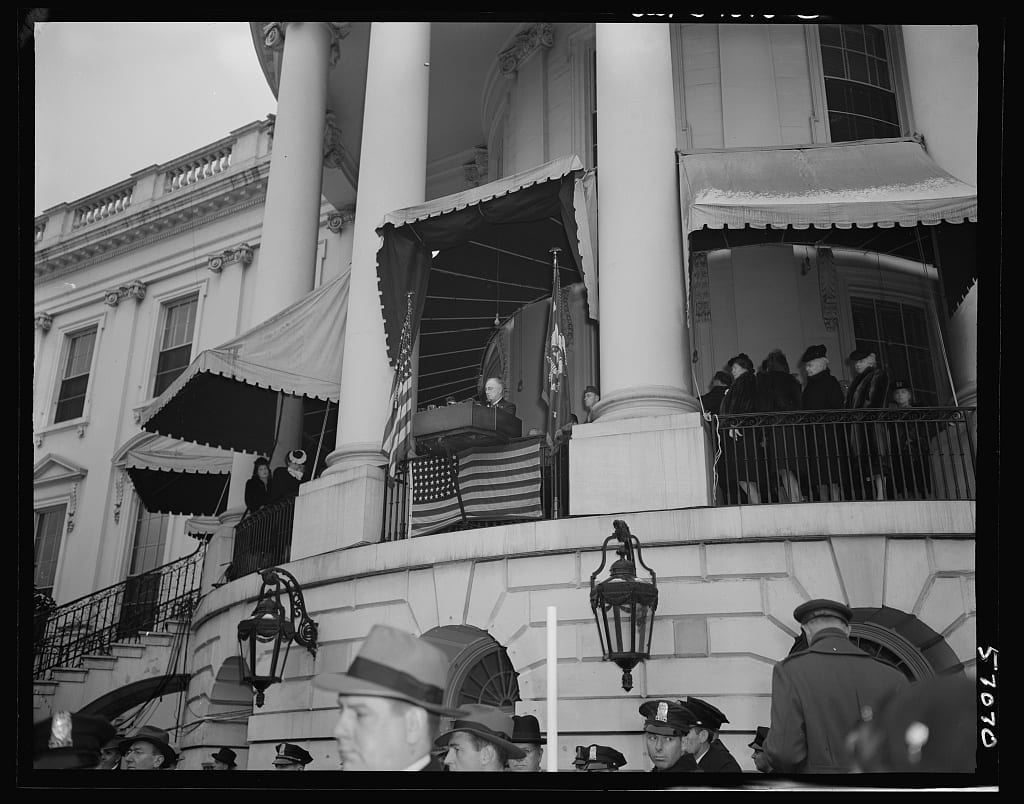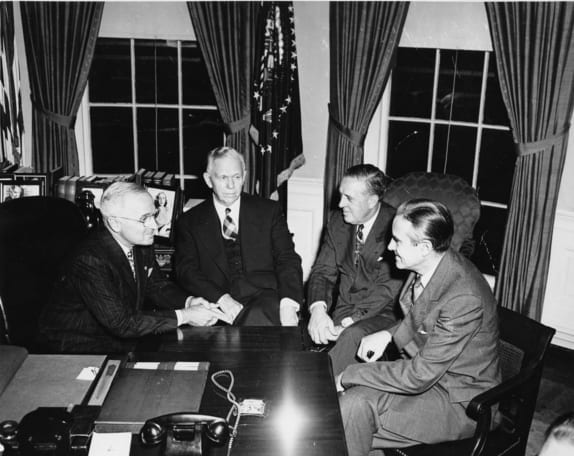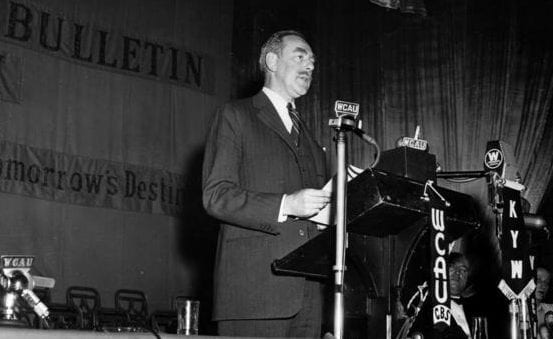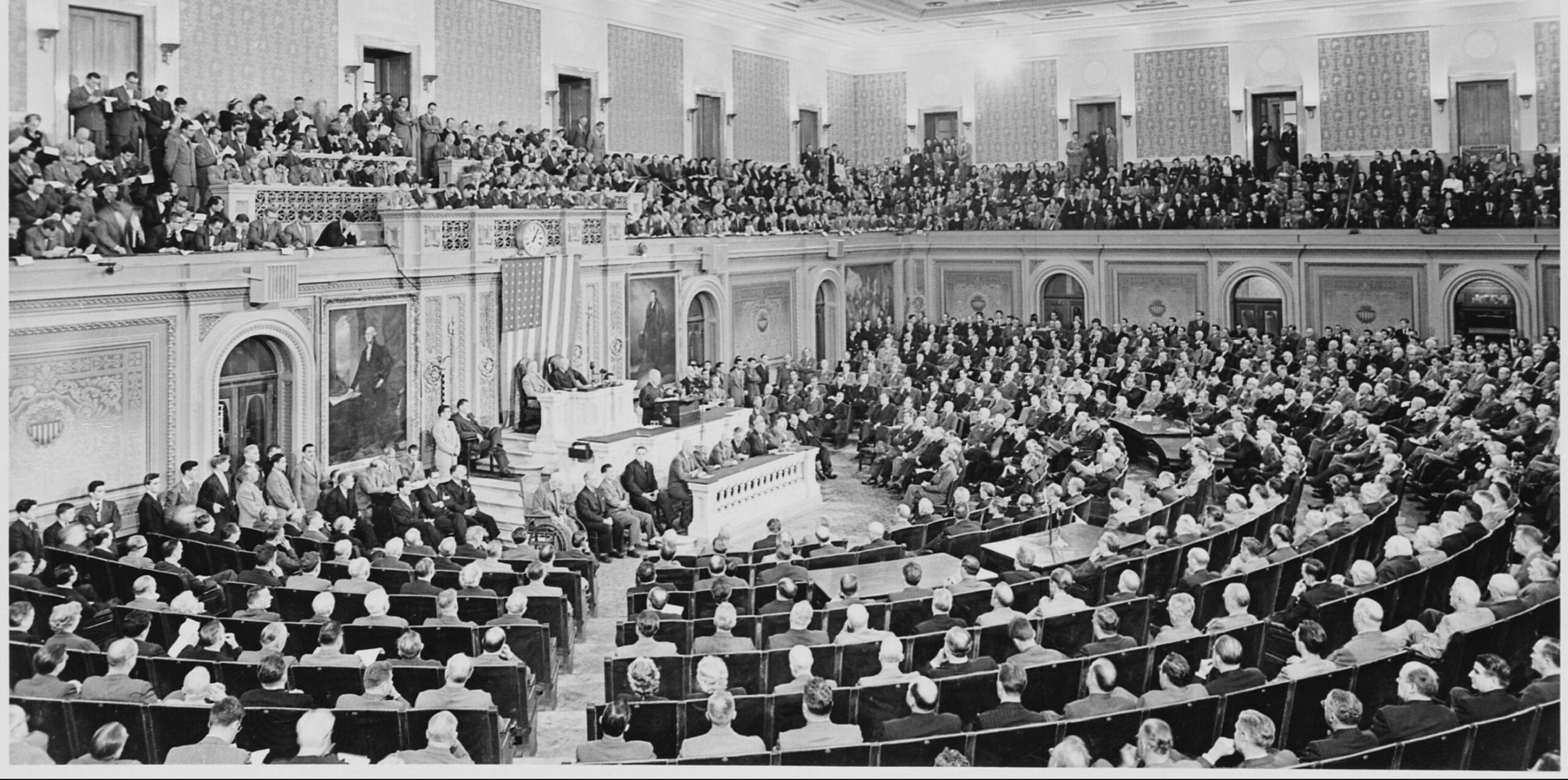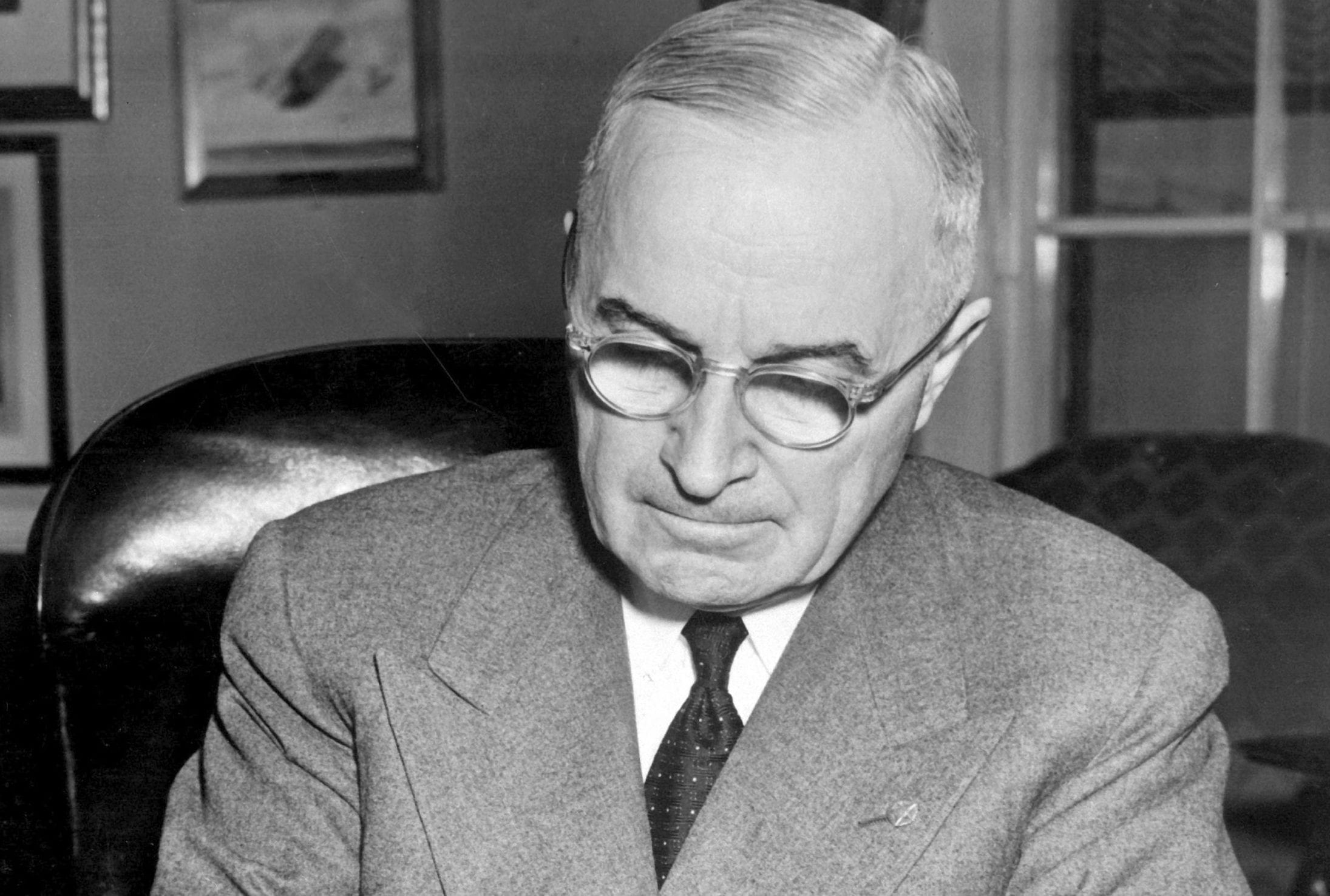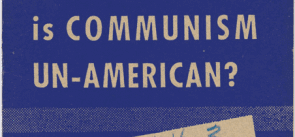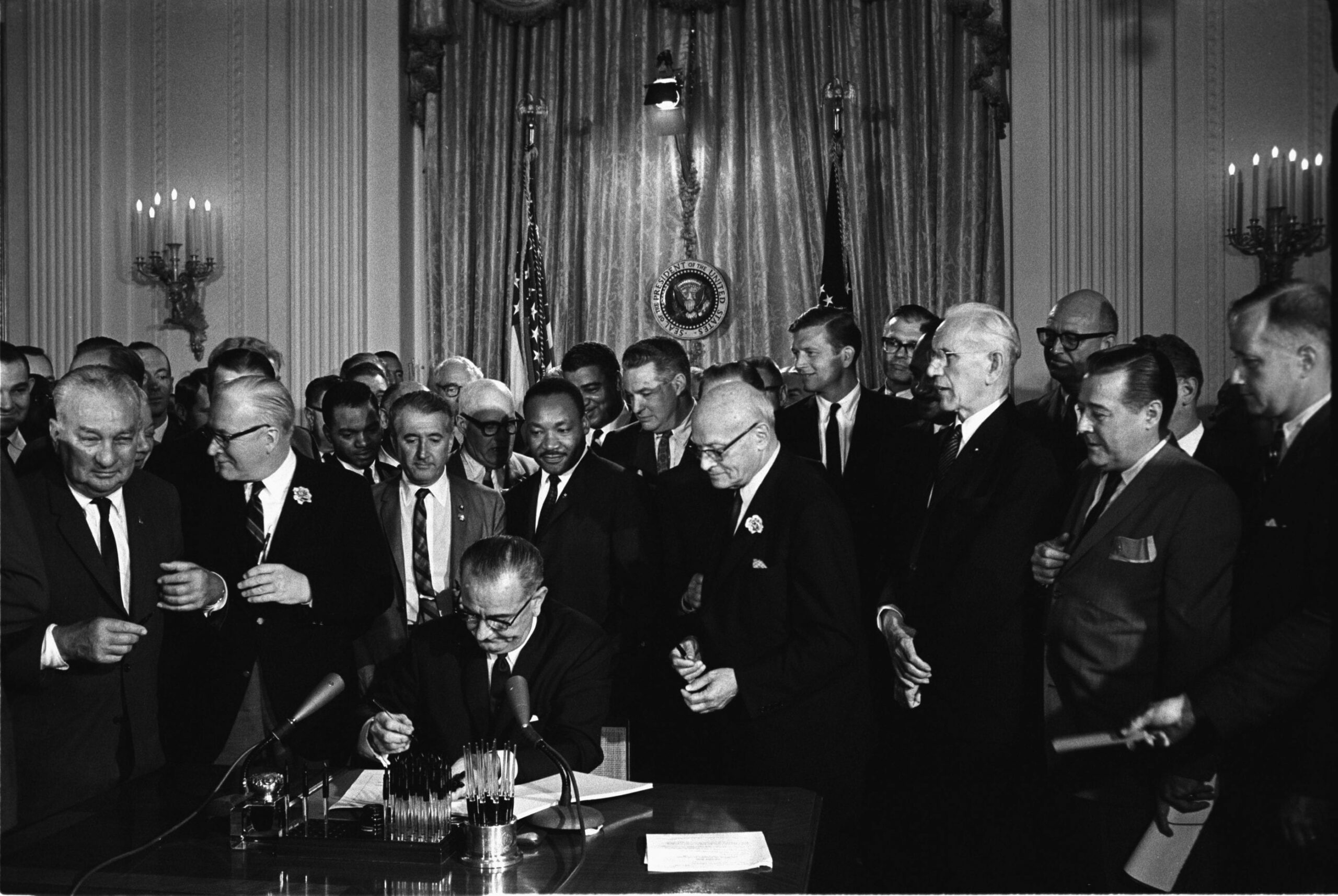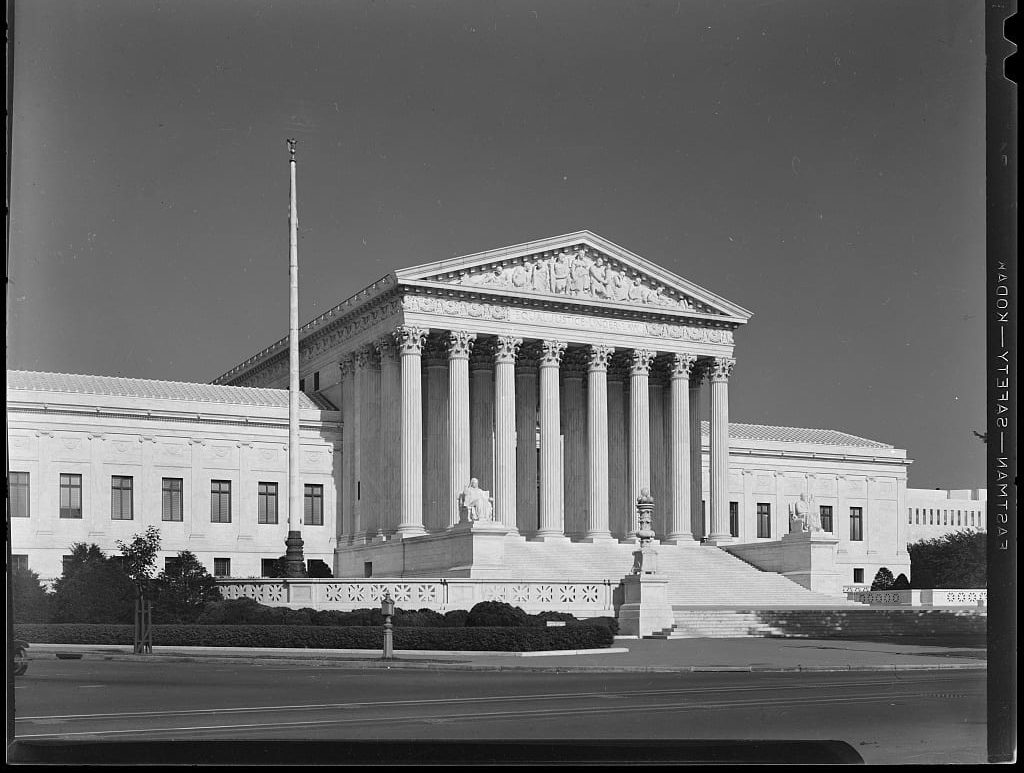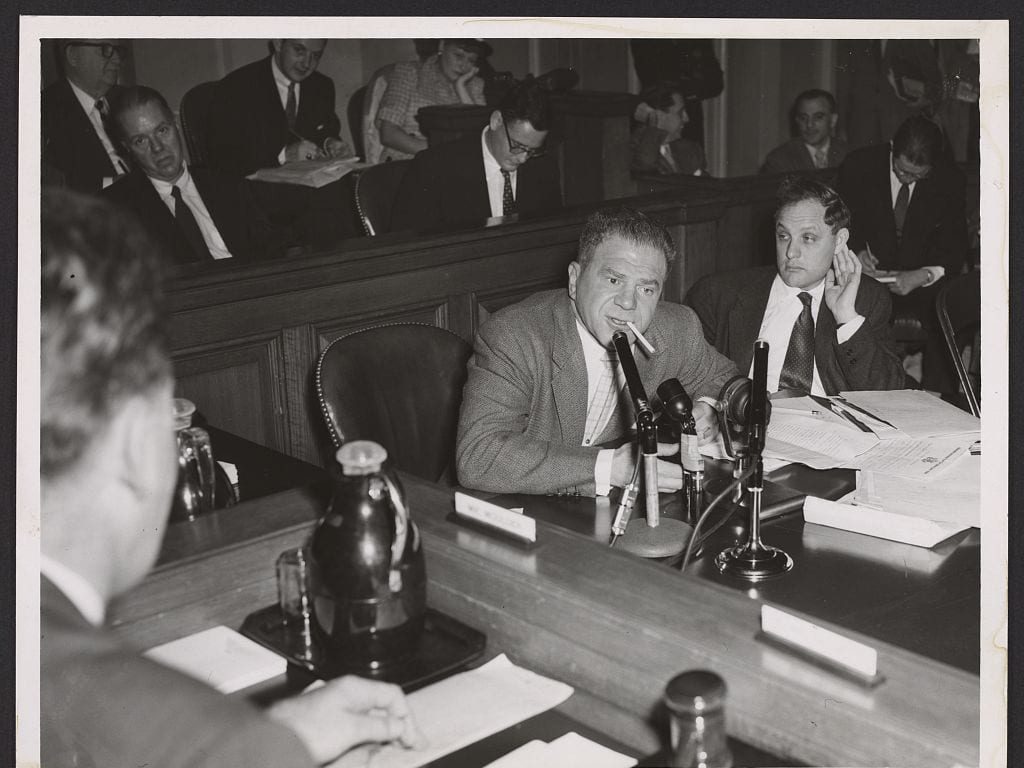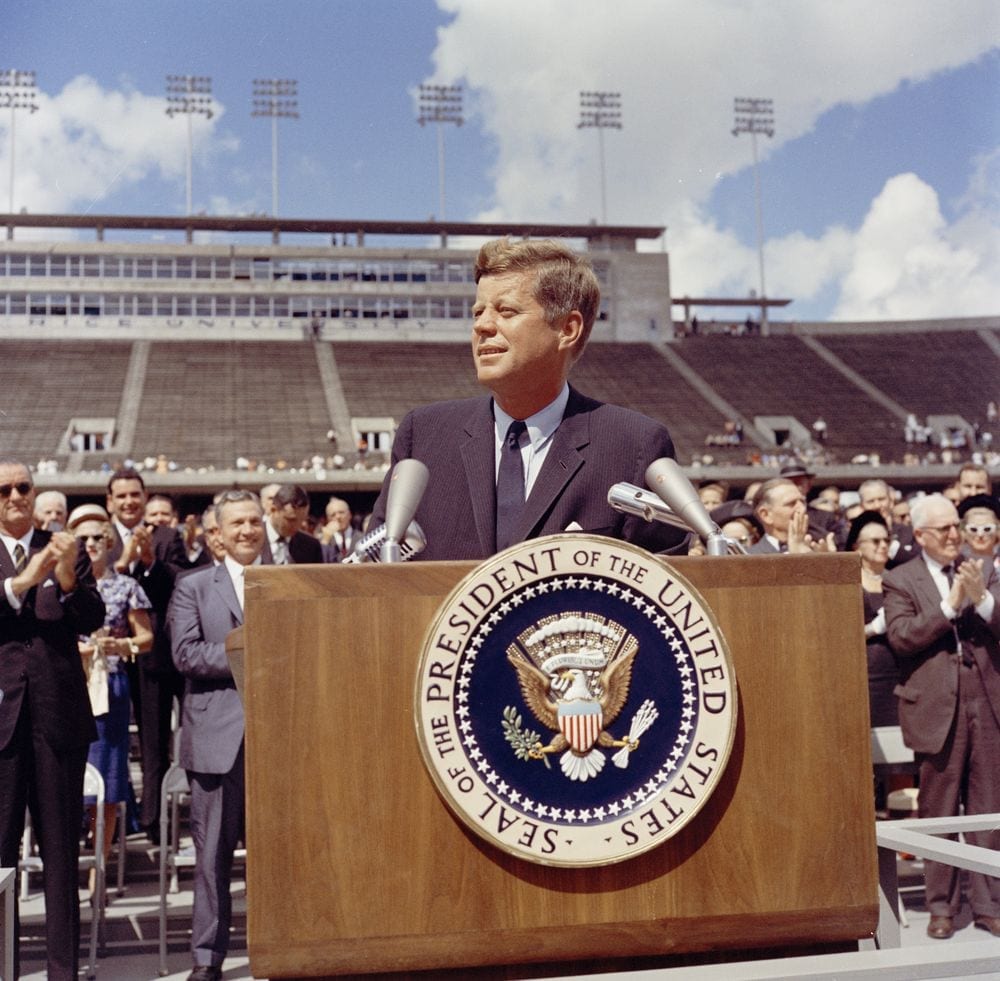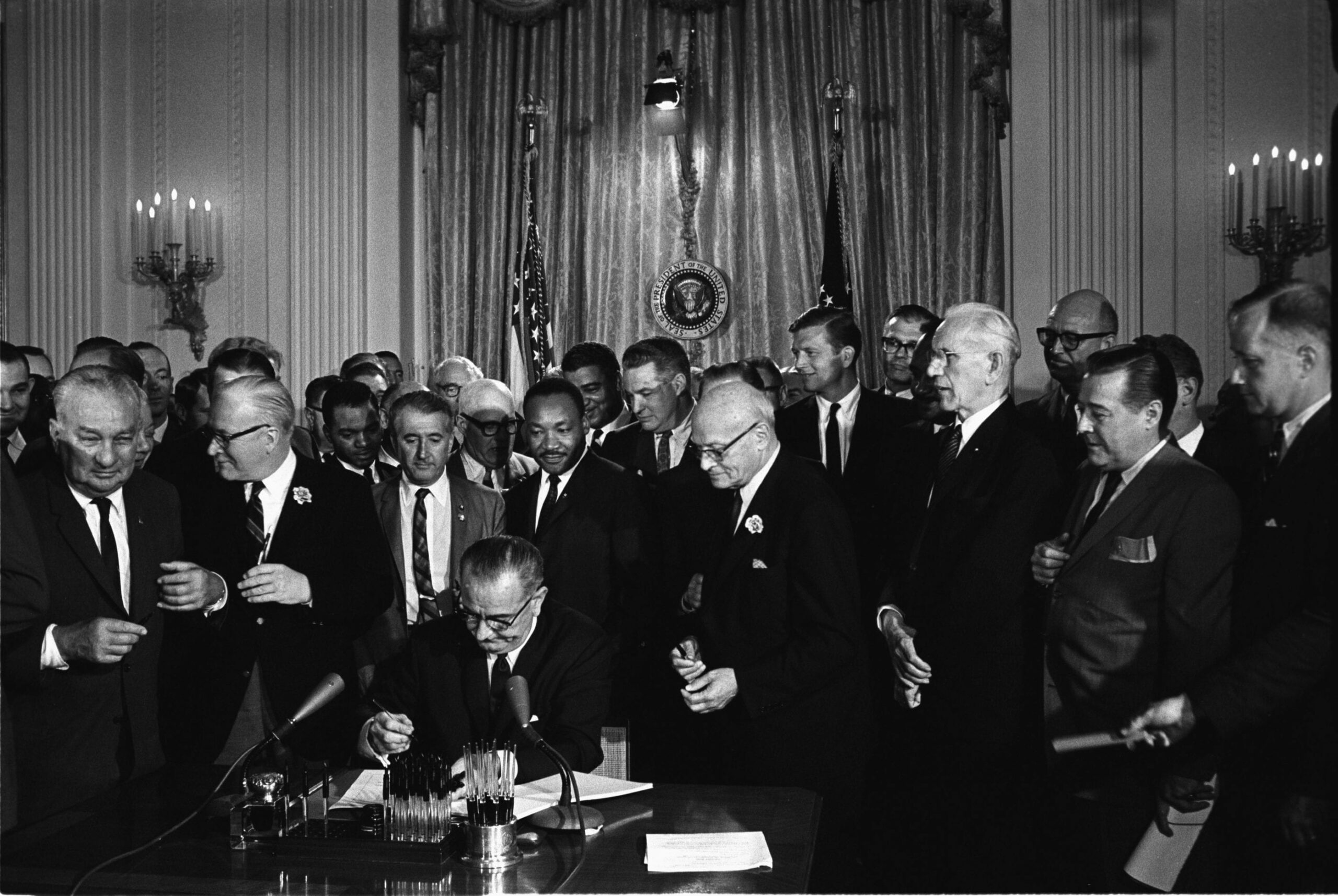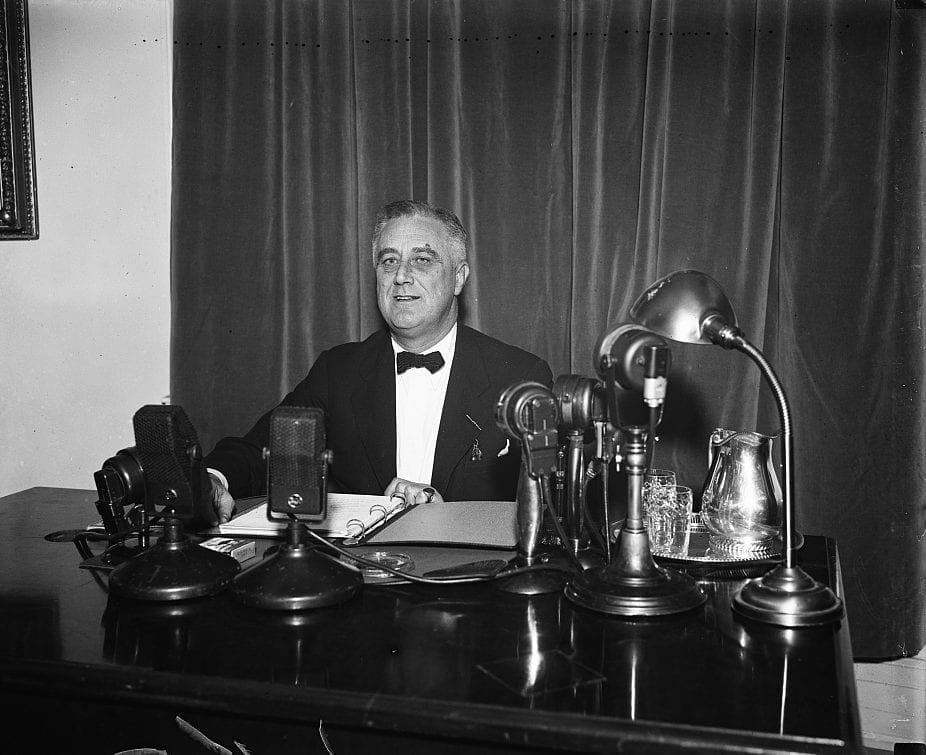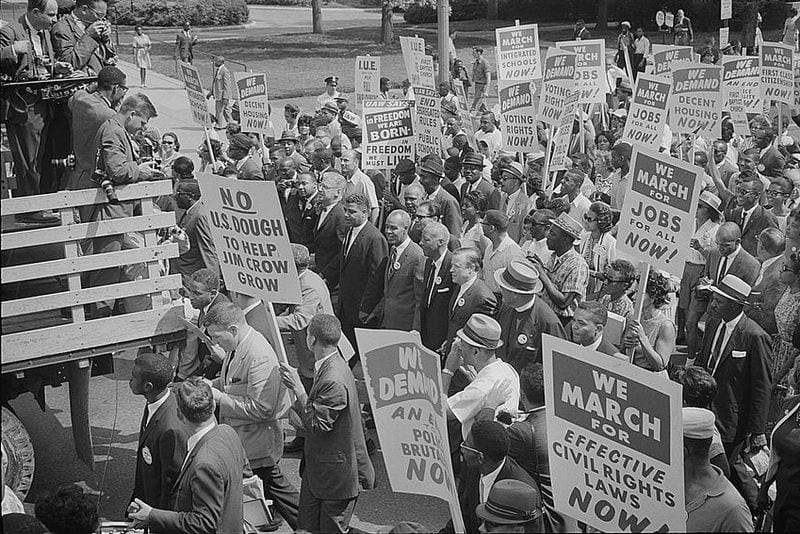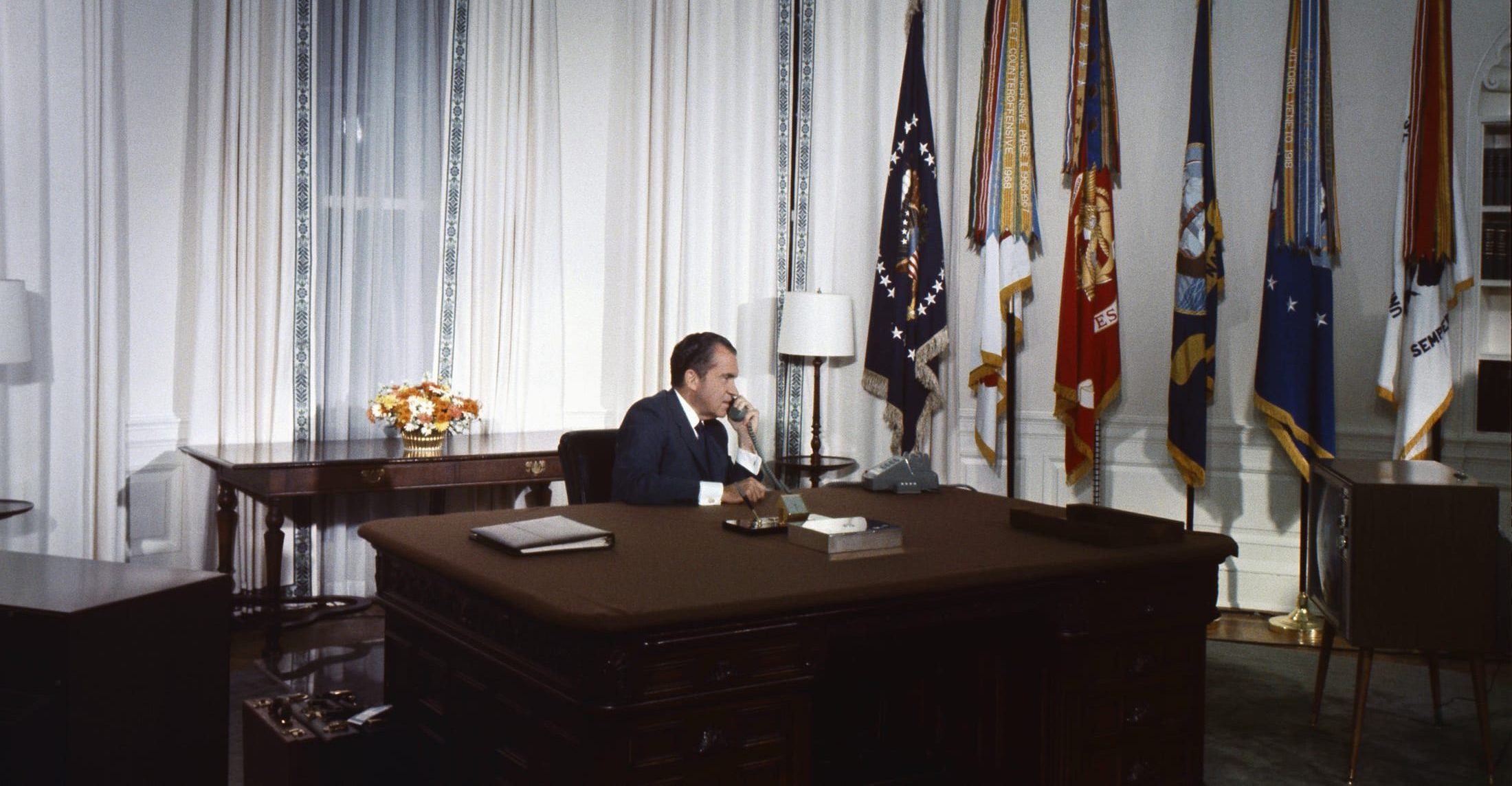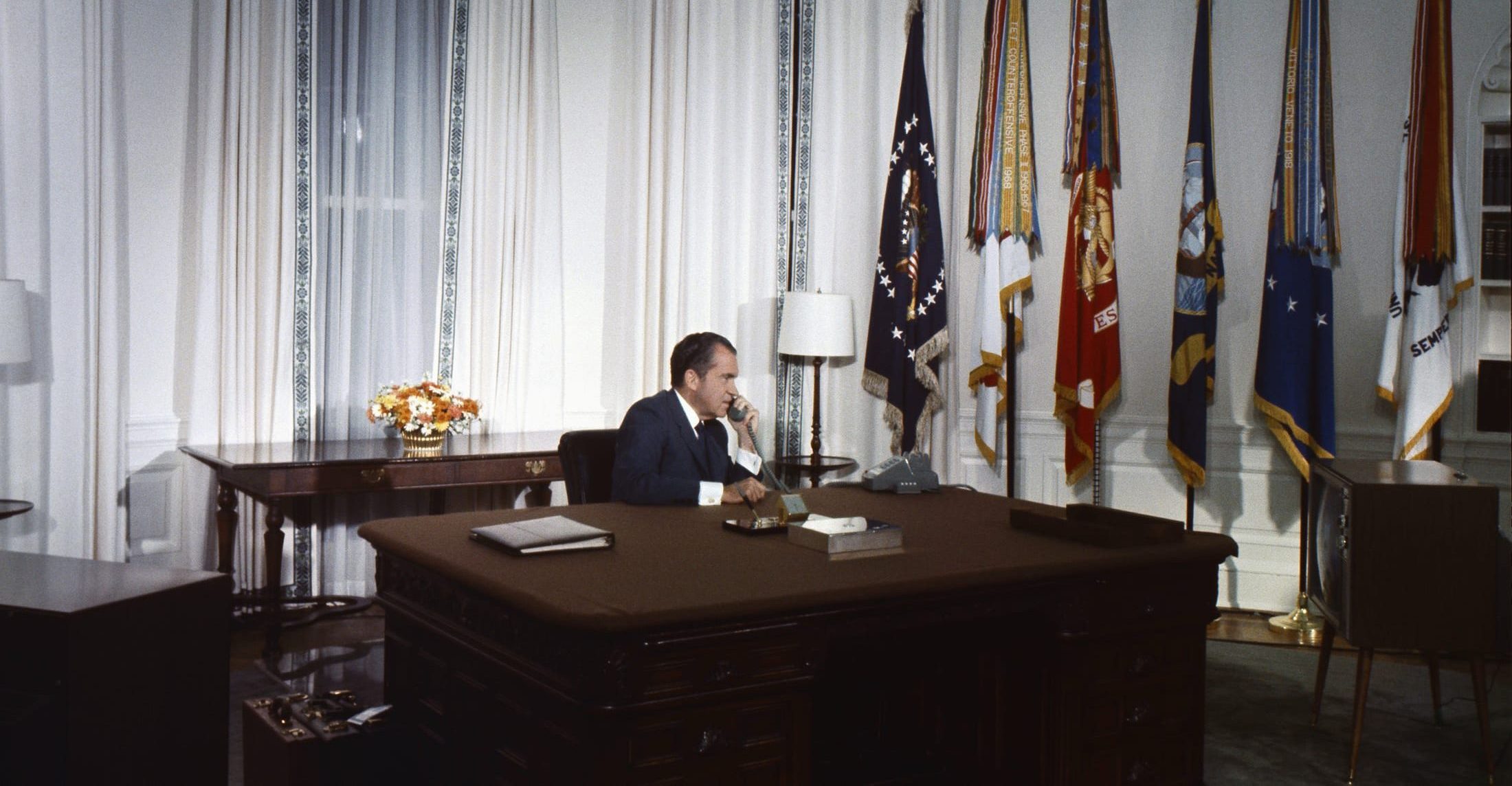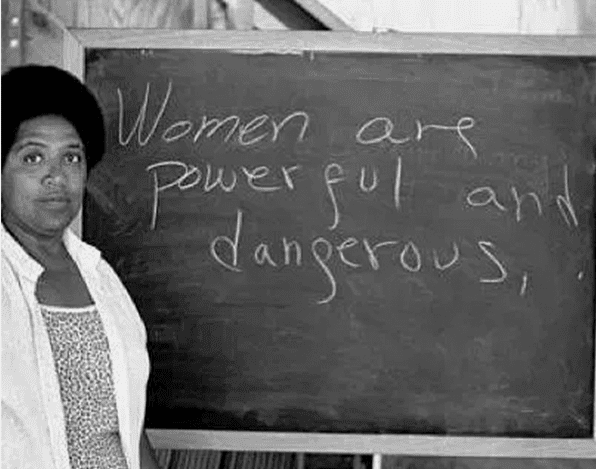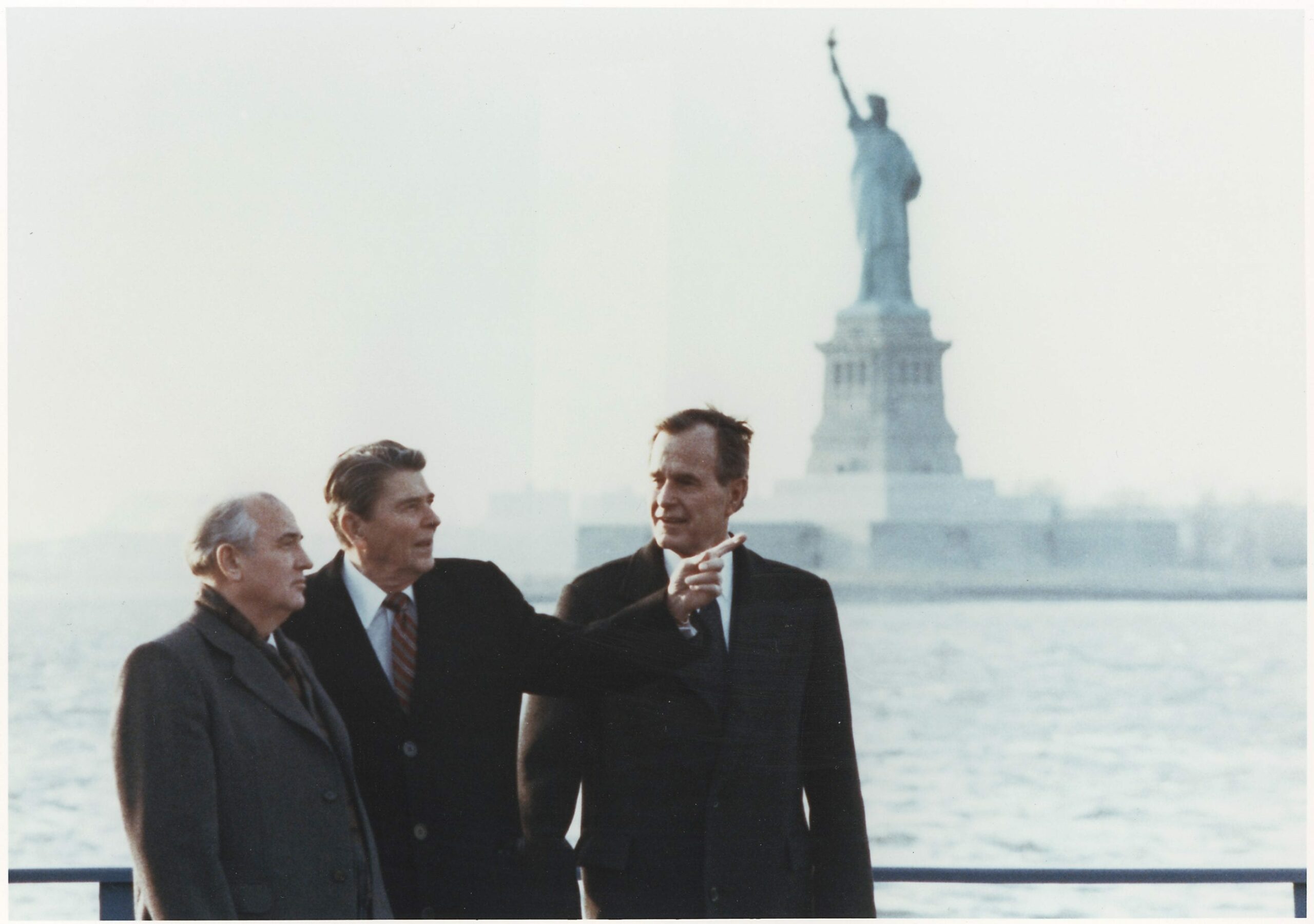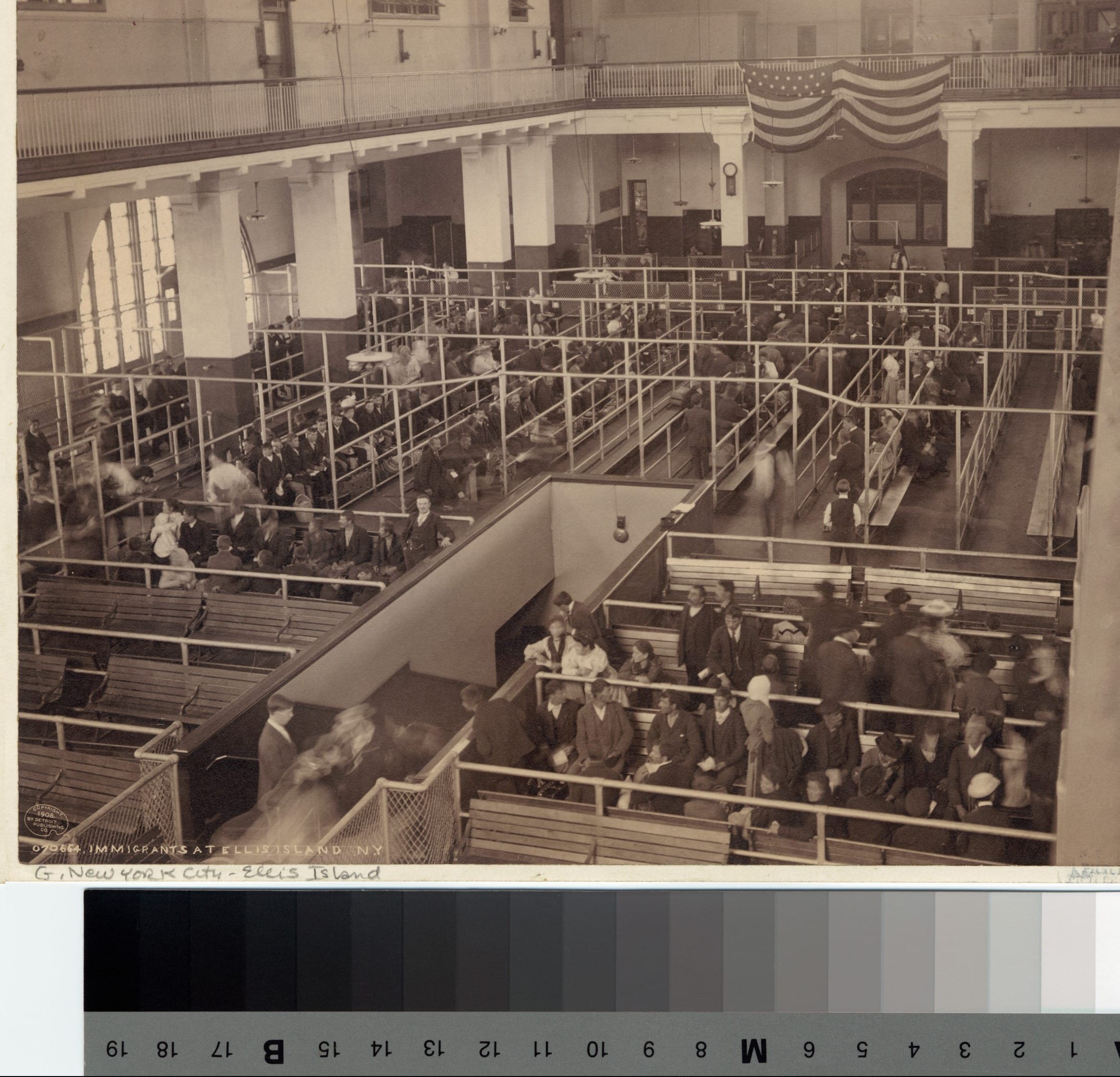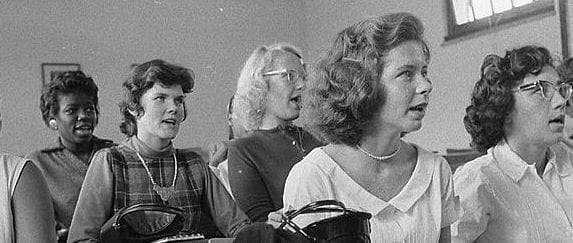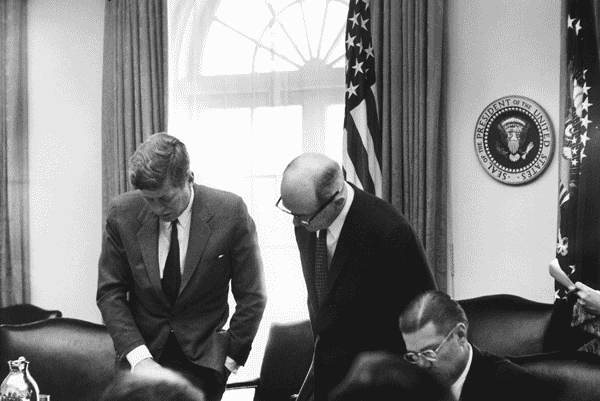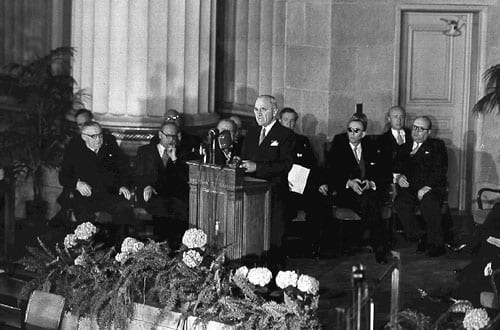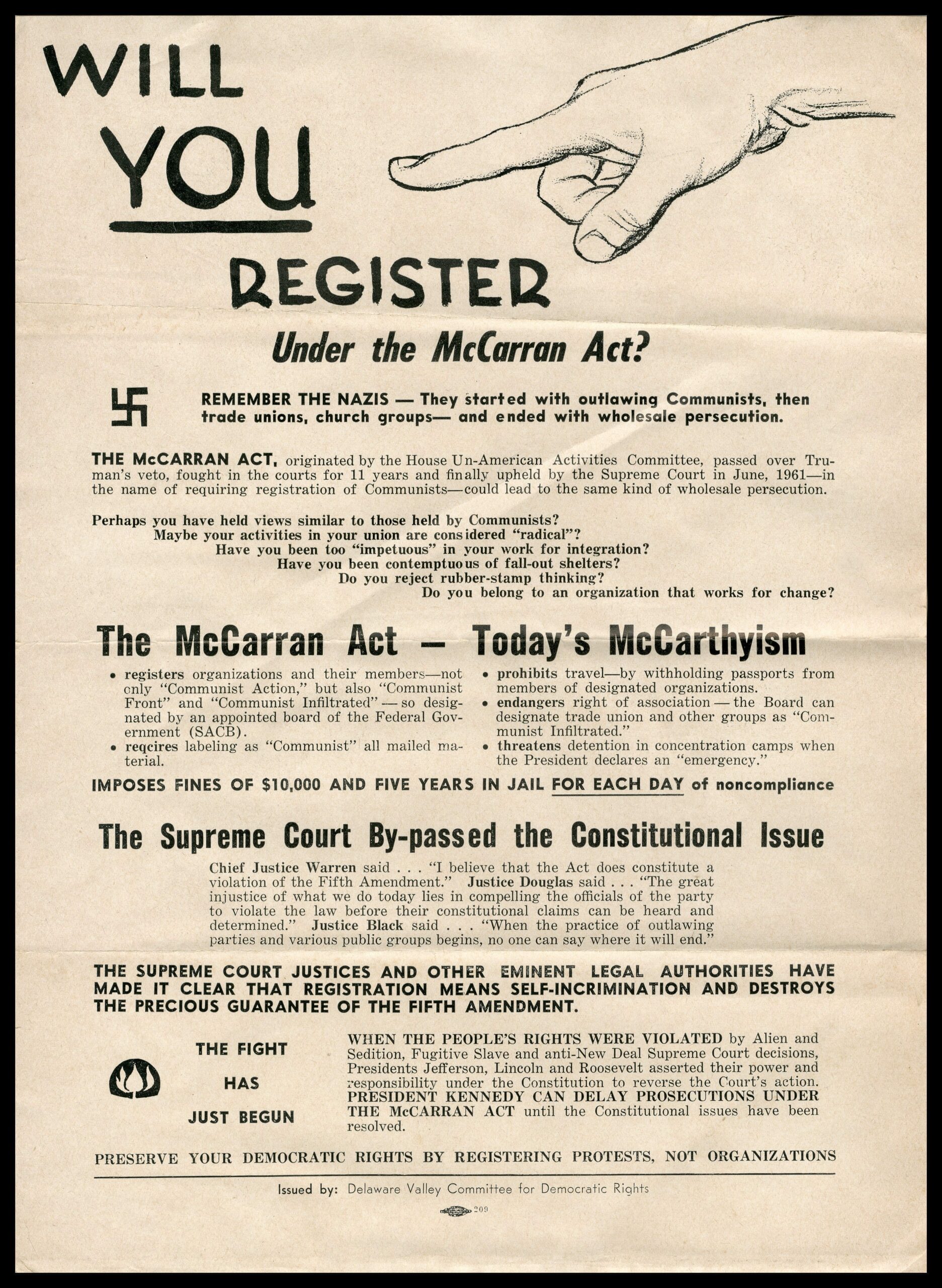


No related resources
Introduction
Jagdish Rai Chadha, born in the British colony of Kenya to Indian parents, was admitted to the United States on a nonimmigrant student visa in 1966. In 1972 his visa expired and he became susceptible to deportation under the Immigration and Nationality Act. The act authorized the attorney general to suspend deportation if the alien had resided continuously in the United States for seven years, was of good moral character, and would suffer “extreme hardship” if deported. After Kenya gained independence from Britain in 1963, Chadha was no longer recognized as a citizen of Kenya and was not accepted for entry into either the U.K. or India. Consequently, the attorney general’s office suspended his deportation. However, the act reserved to each house of Congress the power to veto the attorney general’s decision (Immigration and Nationality Act, 244(c)(2)). After the attorney general reported the suspension of deportation to the House of Representatives, the House overruled the attorney general’s decision. Chadha challenged the action, arguing that the House’s suspension (legislative veto) of the attorney general’s decision constituted a legislative act, which, according to Article I of the Constitution, required approval from both chambers of Congress (bicameralism) and the president’s signature (presentment to the president).
The legislative veto had become a popular device by which Congress could check the increasing power of the presidency. Decision-making in public policy was increasingly taking place within executive agencies, and Congress hoped to correct the imbalance of power by reserving to itself the power to overrule some of those decisions. In this case, writing for the Court, which voted 7–2 in favor of Chadha, Chief Justice Warren Burger (1907–1995) argued that such actions by Congress violated the separation of powers because the veto is a legislative act. Justice Byron White (1917–2002), by contrast, argued that such formalism failed to acknowledge the complexities of modern government, where greater flexibility is needed to maintain the balance of powers.
462 U.S. 919 (1983), https://supreme.justia.com/cases/federal/us/462/919/.
Chief Justice Burger delivered the opinion of the Court. . . .
We turn now to the question whether action of one House of Congress under 244(c)(2) violates strictures of the Constitution.1 We begin, of course, with the presumption that the challenged statute is valid. Its wisdom is not the concern of the courts; if a challenged action does not violate the Constitution, it must be sustained. . . . By the same token, the fact that a given law or procedure is efficient, convenient, and useful in facilitating functions of government, standing alone, will not save it if it is contrary to the Constitution. . . .
. . .Article I provides:
All legislative powers herein granted shall be vested in a Congress of the United States, which shall consist of a Senate and House of Representatives.
Every bill which shall have passed the House of Representatives and the Senate, shall, before it becomes a law, be presented to the president of the United States . . . .
Every order, resolution, or vote to which the concurrence of the Senate and House of Representatives may be necessary (except on a question of adjournment) shall be presented to the president of the United States; and before the same shall take effect, shall be approved by him, or being disapproved by him, shall be repassed by two thirds of the Senate and House of Representatives, according to the rules and limitations prescribed in the case of a bill.
These provisions of Art. I are integral parts of the constitutional design for the separation of powers. We have recently noted that “[t]he principle of separation of powers was not simply an abstract generalization in the minds of the Framers: it was woven into the document that they drafted in Philadelphia in the summer of 1787.”2…
The Presentment Clauses
The records of the Constitutional Convention reveal that the requirement that all legislation be presented to the president before becoming law was uniformly accepted by the Framers. Presentment to the president and the presidential veto were considered so imperative that the draftsmen took special pains to assure that these requirements could not be circumvented. . . .
The decision to provide the president with a limited and qualified power to nullify proposed legislation by veto was based on the profound conviction of the Framers that the powers conferred on Congress were the powers to be most carefully circumscribed. During the final debate on Art. I, 7, clause 2 in the Constitutional Convention, James Madison expressed concern that it might easily be evaded by the simple expedient of calling a proposed law a “resolution” or “vote” rather than a “bill.” As a consequence, Art. I, 7, clause 3 (Every bill which shall have passed the House of Representatives and the Senate, shall, before it becomes a law, be presented to the president of the United States; if he approve he shall sign it, but if not he shall return it. . . . ), was added. It is beyond doubt that lawmaking was a power to be shared by both Houses and the president. . . .
The president’s role in the lawmaking process also reflects the Framers’ careful efforts to check whatever propensity a particular Congress might have to enact oppressive, improvident, or ill-considered measures. . . .
Bicameralism
The bicameral requirement of Art. I, 1, clause 7, was of scarcely less concern to the Framers than was the presidential veto and indeed the two concepts are interdependent. By providing that no law could take effect without the concurrence of the prescribed majority of the members of both houses, the Framers reemphasized their belief, already remarked upon in connection with the Presentment Clauses, that legislation should not be enacted unless it has been carefully and fully considered by the nation’s elected officials. . . . These observations are consistent with what many of the Framers expressed, none more cogently than Madison in pointing up the need to divide and disperse power in order to protect liberty:
In republican government, the legislative authority necessarily predominates. The remedy for this inconveniency is to divide the legislature into different branches; and to render them, by different modes of election and different principles of action, as little connected with each other as the nature of their common functions and their common dependence on the society will admit.3…
We see therefore that the Framers were acutely conscious that the bicameral requirement and the Presentment Clauses would serve essential constitutional functions. . . .It emerges clearly that the prescription for legislative action in Art. I, 1, 7, represents the Framers’ decision that the legislative power of the federal government be exercised in accord with a single, finely wrought and exhaustively considered, procedure.
The Constitution sought to divide the delegated powers of the new federal government into three defined categories, legislative, executive, and judicial, to assure, as nearly as possible, that each branch of government would confine itself to its assigned responsibility. The hydraulic pressure inherent within each of the separate branches to exceed the outer limits of its power, even to accomplish desirable objectives, must be resisted.
Although not “hermetically” sealed from one another, the powers delegated to the three branches are functionally identifiable. When any branch acts, it is presumptively exercising the power the Constitution has delegated to it. . . .
Examination of the action taken here by one house pursuant to 244(c)(2) reveals that it was essentially legislative in purpose and effect. In purporting to exercise power defined in Art. I, 8, clause 4, to “establish an uniform rule of naturalization,” the house took action that had the purpose and effect of altering the legal rights, duties, and relations of persons, including the attorney general, executive branch officials, and Chadha, all outside the legislative branch. Section 244(c)(2) purports to authorize one house of Congress to require the attorney general to deport an individual alien whose deportation otherwise would be canceled under 244. The one-house veto operated in these cases to overrule the attorney general and mandate Chadha’s deportation; absent the house action, Chadha would remain in the United States. Congress has acted and its action has altered Chadha’s status. . . .
Since it is clear that the action by the house under 244(c)(2) was not within any of the express constitutional exceptions authorizing one house to act alone, and equally clear that it was an exercise of legislative power, that action was subject to the standards prescribed in Art. I. The bicameral requirement, the Presentment Clauses, the president’s veto, and Congress’ power to override a veto were intended to erect enduring checks on each branch and to protect the people from the improvident exercise of power by mandating certain prescribed steps. To preserve those checks, and maintain the separation of powers, the carefully defined limits on the power of each branch must not be eroded. To accomplish what has been attempted by one house of Congress in this case requires action in conformity with the express procedures of the Constitution’s prescription for legislative action: passage by a majority of both houses and presentment to the president.
The veto authorized by 244(c)(2) doubtless has been in many respects a convenient shortcut; the “sharing” with the executive by Congress of its authority over aliens in this manner is, on its face, an appealing compromise. In purely practical terms, it is obviously easier for action to be taken by one house without submission to the president; but it is crystal clear from the records of the Convention, contemporaneous writings and debates, that the Framers ranked other values higher than efficiency. . . .
The choices we discern as having been made in the Constitutional Convention impose burdens on governmental processes that often seem clumsy, inefficient, even unworkable, but those hard choices were consciously made by men who had lived under a form of government that permitted arbitrary governmental acts to go unchecked. There is no support in the Constitution or decisions of this Court for the proposition that the cumbersomeness and delays often encountered in complying with explicit constitutional standards may be avoided, either by the Congress or by the president. With all the obvious flaws of delay, untidiness, and potential for abuse, we have not yet found a better way to preserve freedom than by making the exercise of power subject to the carefully crafted restraints spelled out in the Constitution. . . .
Justice White, dissenting.
Today the Court not only invalidates 244(c)(2) of the Immigration and Nationality Act, but also sounds the death knell for nearly two hundred other statutory provisions in which Congress has reserved a “legislative veto.” For this reason, the Court’s decision is of surpassing importance. And it is for this reason that the Court would have been well advised to decide the cases, if possible, on the narrower grounds of separation of powers, leaving for full consideration the constitutionality of other congressional review statutes operating on such varied matters as war powers and agency rulemaking, some of which concern the independent regulatory agencies.4
The prominence of the legislative veto mechanism in our contemporary political system and its importance to Congress can hardly be overstated. It has become a central means by which Congress secures the accountability of executive and independent agencies. Without the legislative veto, Congress is faced with a Hobson’s choice:5 either to refrain from delegating the necessary authority, leaving itself with a hopeless task of writing laws with the requisite specificity to cover endless special circumstances across the entire policy landscape, or in the alternative, to abdicate its law-making function to the executive branch and independent agencies. To choose the former leaves major national problems unresolved; to opt for the latter risks unaccountable policymaking by those not elected to fill that role. Accordingly, over the past five decades, the legislative veto has been placed in nearly two hundred statutes. The device is known in every field of governmental concern: reorganization, budgets, foreign affairs, war powers, and regulation of trade, safety, energy, the environment, and the economy. . . .
For all these reasons, the apparent sweep of the Court’s decision today is regrettable. . . .
- 1. The Immigration and Nationality Act, section 244(c), 8 U.S. C. section 1254(c) (1976). Either chamber of Congress had the authority to suspend the attorney general’s determination pursuant to section 244(c)(2).
- 2. Chief Justice Burger’s note: Buckley v. Valeo, 424 U.S. at 424 U.S. 124.
- 3. Federalist 51.
- 4. An independent regulatory agency is an independent body created by a legislative act that has the authority to set standards in a particular field of activity. Those standards have the force of law. Regulatory agencies are independent in that they operate outside of the direct supervision of the president.
- 5. A Hobson’s choice is an apparently free “choice” that is not really a choice
INS v. Chadha
December 31, 1983
Conversation-based seminars for collegial PD, one-day and multi-day seminars, graduate credit seminars (MA degree), online and in-person.

